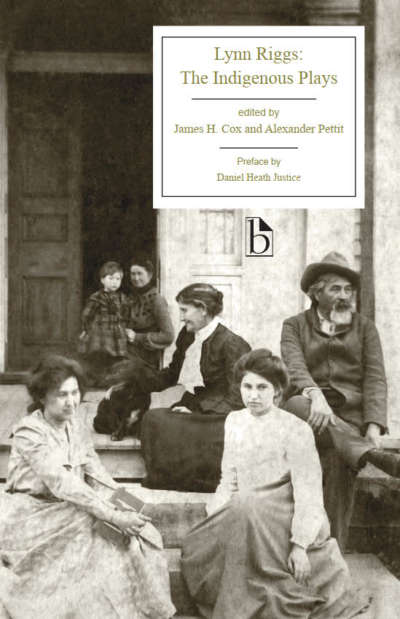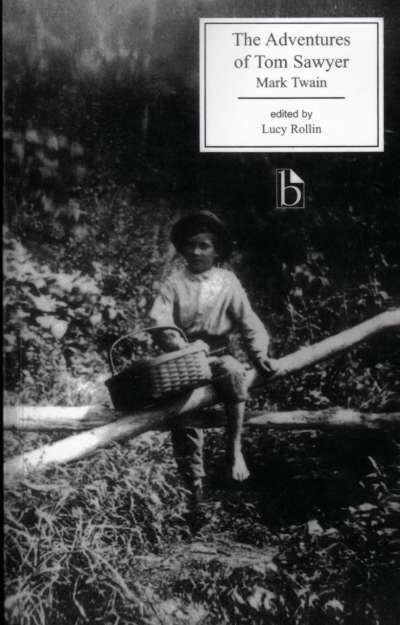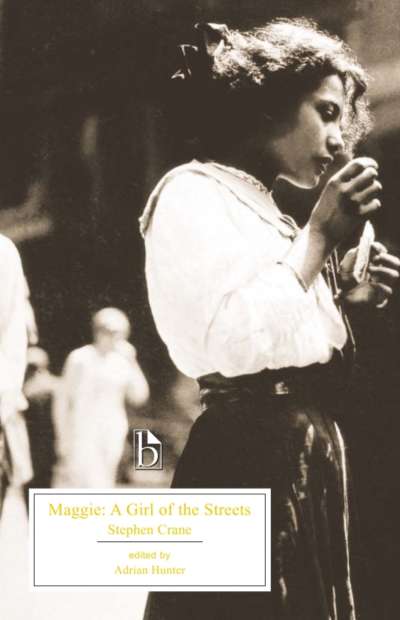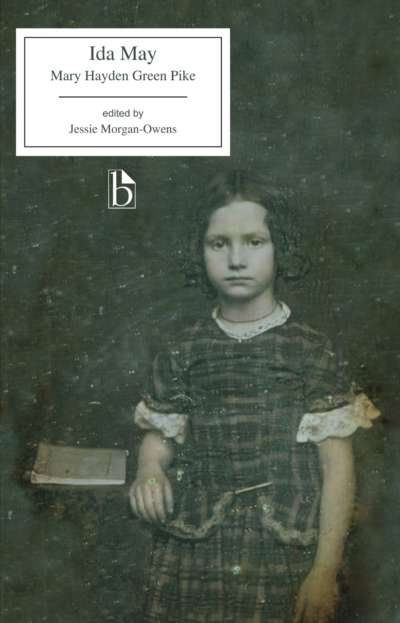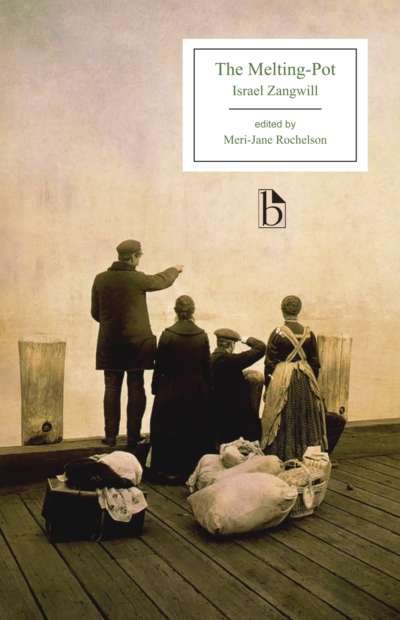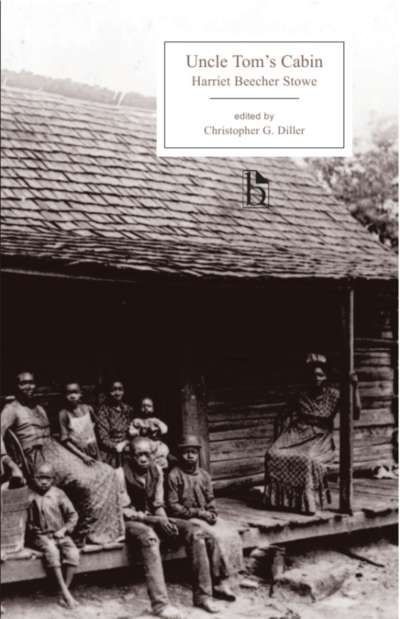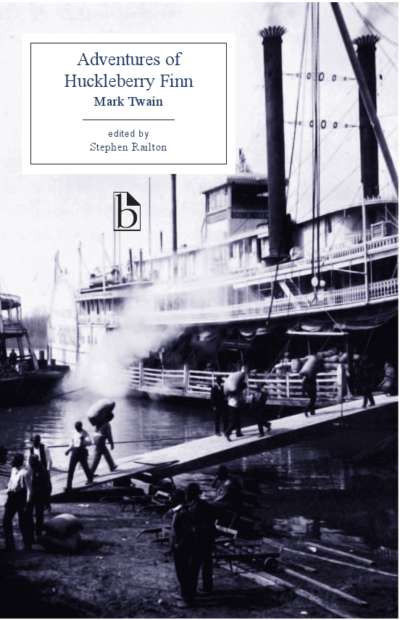
An Imperative Duty tells the story of Rhoda Aldgate, a young woman on the verge of marriage who has been raised by her aunt to assume that she is white, but who is in fact the descendant of an African-American grandmother. The novel traces the struggles of Rhoda, her family, and her suitor to come to terms with the implications of Rhoda’s heritage. Howells employs this stock situation to explore the newly urgent questions of identity, morality, and social policy raised by “miscegenation” in the post-Reconstruction United States. The novel imagines interracial marriage sympathetically at a time when racist sentiment was on the rise, and does this in one of Howells’s most aesthetically economical performances in the short novel form.
Appendices to this Broadview Edition include material on the “tragic mulatta” in literature, interracial marriage, the “science” of race in the nineteenth century, and Howells’s literary realism.
Comments
“Far from fussing over chipped china, the novella goes to the heart of the great American problem of race... This is a provocative subject, and the publisher has provided much useful material for help in understanding it: an introduction (by Paul R. Petrie), footnotes and a sheaf of appendices, including one that links ‘An Imperative Duty’ to a subgenre of 19th-century fiction: ‘The Tragic Mulatta.’ There is a big difference between other ‘Tragic Mulatta’ novels and this one, however: The other writers played the central situation for shock value, whereas Howells made it into art.” — Dennis Drabelle, The Washington Post
“This is a splendid classroom edition of a historically important yet underappreciated ‘passing’ novel as powerful as Mark Twain’s Pudd’nhead Wilson. Published in 1891–92 at the nadir of race relations in the U.S., W. D. Howells’s An Imperative Duty framed the debate over racial justice in ways that were remarkably progressive. Paul R. Petrie’s introduction, supplemental readings, and critical apparata admirably contextualize the novel for modern readers.” — Gary F. Scharnhorst, University of New Mexico
“This sympathetic and carefully edited revival of An Imperative Duty should welcome a new generation of readers to Howells’s impressive work. With its splendid introduction and meticulously chosen secondary materials, this book will delight general readers and prove a helpful resource to both teachers and scholars.” — Susan Goodman, University of Delaware


